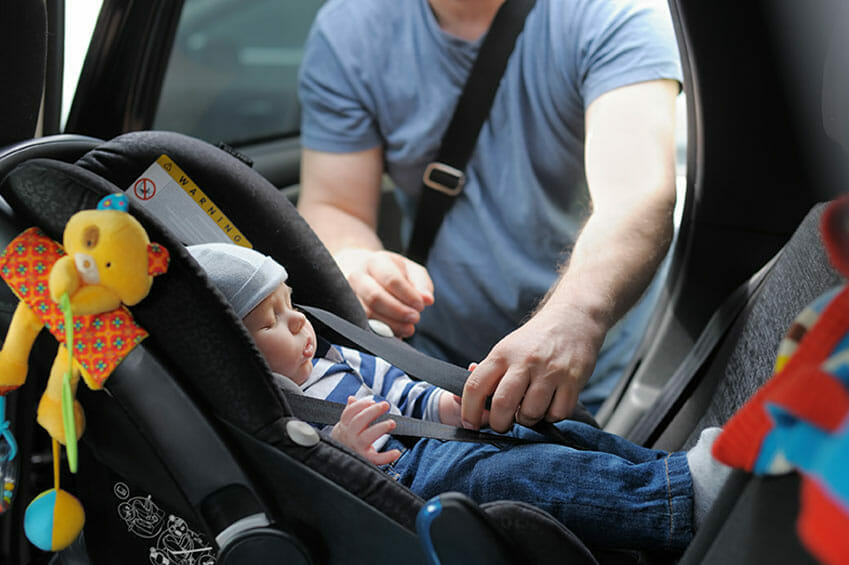
- June 29, 2015
- Attorney David Mann
- Car Accidents
Safety was not a primary concern for America’s first automobile designers. Seat belts for adults were not standard equipment in cars until the 1950s. Additionally, the initial intention for car seats was to keep children from moving around inside the vehicle rather than protecting them during collisions. Child restraint systems as we know them today didn’t become widespread until the 1970s. In 2002, a U.S. federal law went into effect, requiring automobile manufacturers to ensure that all cars have standard anchors, tethers and hooks present in passenger vehicles in order to secure baby car seats.
Car crashes are the leading cause of unintentional injury-related death among children ages 14 and under, according to the National SAFE KIDS Campaign, a non-profit group dedicated to preventing such deaths. Some of the newest car seat safety technology today addresses the issue of side impact crashes, which has been shown by the National Highway Traffic Safety Administration (NHTSA) to have dramatically increased over the past two decades to become the deadliest kind of crashes for children. Safety 1st car seats with Air Protect Side Impact Technology manufactured by Dorel Juvenile USA releases a precise amount of air to compress and shield children from side impact intrusion. The technology immediately reduces crash forces on a child’s head by extending ride-down, the amount of time it takes to slow a child’s movement in a crash, creating a softer landing.
- Check the label on the car seat to make sure it’s appropriate for your child’s age, weight and height.
- Once the car seat is installed, give it a good shake at the base. A properly installed seat should not move more than an inch side to side or front to back.
- Make sure the harness is tightly buckled and coming from the correct slots. With the chest clip placed at armpit level, pinch the strap at your child’s shoulder. If you are unable to pinch any excess webbing, the seat is correctly installed.
- Keep your child in a rear-facing car seat for as long as possible (usually until around age 2), then move your child to a forward-facing car seat.
- All children should ride in the back seat until they are 13 years old.
If you have any questions about this topic, you can find out more by discussing it with one of the attorneys at The Mann Law Firm. We are ready to provide you with a free and confidential initial consultation. Contact us by calling (478) 742-3381 in Macon, Dublin, Warner Robbins or Milledgeville, or use our online form.



 Before leading his own firm, Mann served for several years as in-house defense counsel for a large insurance company, which gives him unique insight into how insurance companies work. He uses this critical knowledge as an advantage for his clients. He is a tough negotiator and litigator, and he is exceptionally strategic in building cases on behalf of personal injury victims.[
Before leading his own firm, Mann served for several years as in-house defense counsel for a large insurance company, which gives him unique insight into how insurance companies work. He uses this critical knowledge as an advantage for his clients. He is a tough negotiator and litigator, and he is exceptionally strategic in building cases on behalf of personal injury victims.[ 